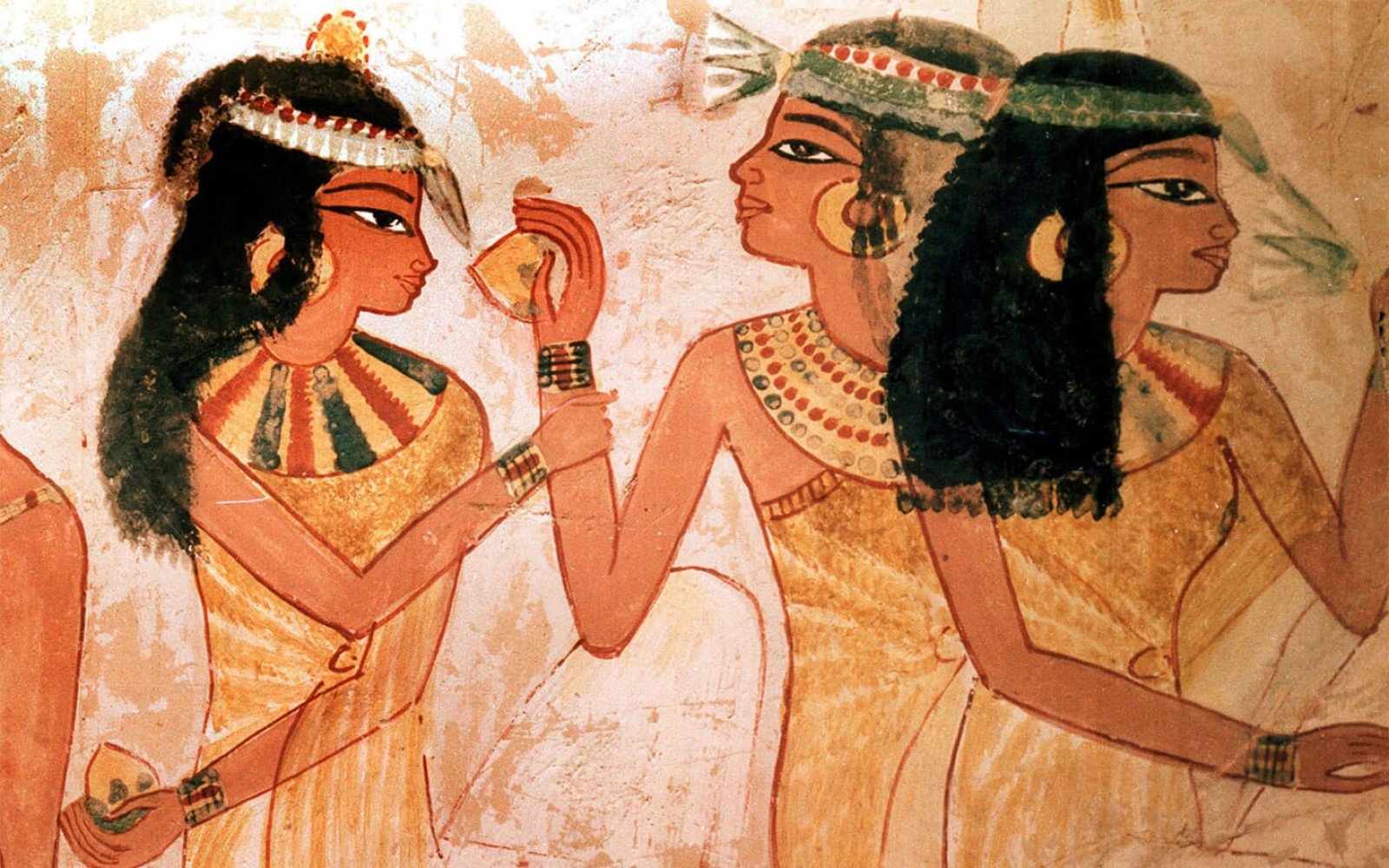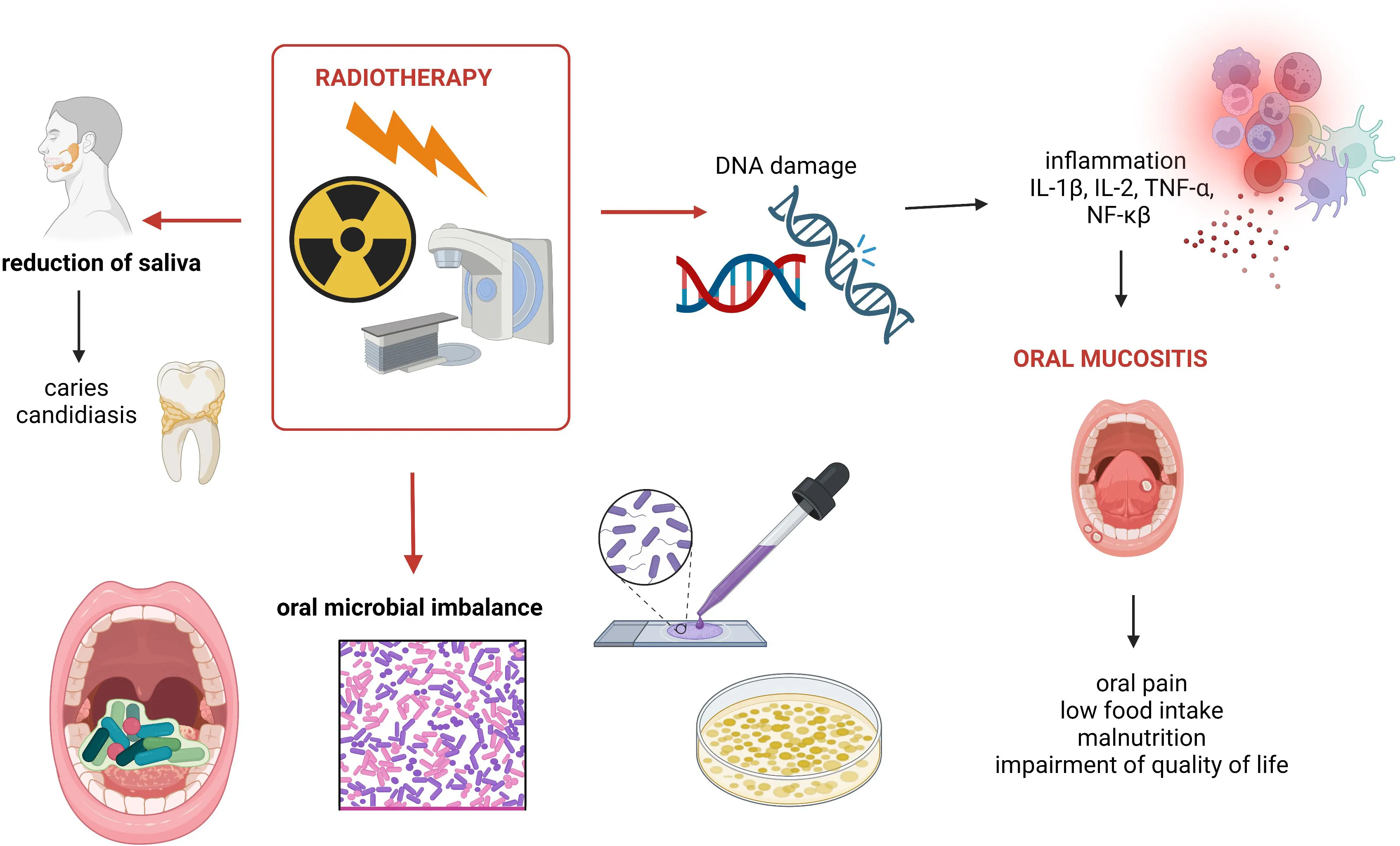Trends
Oxidative Stress and Red Blood Cell Morphological Alterations A “Systematic Narrative Review”
Early Detection of Protozoal Infections using Immunohistochemistry and PCR-Based Techniques.
Using Discriminant Analysis to Indicate the Most Important Effective Factors of Getting Neonatal Jaundice "A Study at Benghazi Children’s Hospital"
Introduction: In Ancient Rome, medicine was at a far simpler stage compared to today's modern healthcare. However, Romans had made some significant observations and developed treatment practices related to the heart and heart diseases.
The Heart and Heart Diseases in Ancient Rome: During the Roman era, the heart (cor) was considered a vital part of the human body. Ancient Roman physicians had an understanding of the function and importance of the heart. The heart was viewed as the center of life and was even thought to be the seat of the soul.
Diagnosing Heart Diseases: In Ancient Rome, physicians were known to diagnose heart conditions based on various symptoms and observations. They often relied on the patient's description of symptoms such as chest pain, shortness of breath, and irregular heartbeat. While they lacked the advanced diagnostic tools available today, they could identify certain heart conditions.

Treatment Methods: Treatment of heart diseases in Ancient Rome involved a combination of dietary recommendations, herbal remedies, and physical activity. Physicians often advised patients to maintain a balanced diet and engage in moderate exercise to promote heart health. Some herbal remedies, such as those containing garlic or hawthorn, were believed to have heart-protective properties and were commonly used.
Conclusion: Though rudimentary by modern standards, cardiology in Ancient Rome reflected the early recognition of the heart's significance in health. The Romans laid the foundation for the study of cardiology, which would later evolve into a sophisticated medical discipline with advanced diagnostic and treatment methods.
Tags:
Share This Post:

Dr. William Jonhnson
Retina SpecialistLorem ipsum dolor sit amet, consectetur adipiscing elit, sed do eiusmod tempor incididunt ut labore et dolore magna aliqua. Ut enim ad minim veniam, quis nostrud exercitation ullamco laboris nisi ut aliquip ex ea commodo consequat. Duis aute irure dolor in reprehenderit in voluptate velit esse cillum dolore eu fugiat nulla pariatur. Excepteur sint occaecat cupidatat non proident, sunt in culpa qui officia deserunt mollit anim id est laborum.









